Creating Recovery-Ready Outdoor Spaces for Shelter Cat Therapy: Australia's Approach

Australia has special challenges when it comes to cat management. Our delicate ecosystem and native wildlife can be hurt by cats hunting them, so making safe outdoor spaces for shelter cats needs careful planning. Outdoor access is really important for shelter cats' health and happiness, especially for those getting better after being hurt or sick. In Australia's shelters, good outdoor spaces give cats important enrichment while keeping both the cats and wildlife safe.
Key Takeaways: Essential Elements for Australian Cat Therapy Spaces
- Cat-proof fencing systems are essential for creating safe outdoor therapy environments that protect both cats and native wildlife
- Australian weather conditions require appropriate shelter and shade considerations to protect cats from extreme heat and unexpected weather changes
- Secure containment allows cats to experience natural outdoor enrichment safely while preventing wildlife predation
- DIY fence kits provide cost-effective solutions for shelters with varying perimeter needs and budget constraints
- Proper installation ensures both security and peace of mind for shelter staff managing cats in recovery
- Regular maintenance schedules are crucial for long-term effectiveness in Australia's varied climate conditions
- Multi-level design elements maximize limited space while providing enrichment opportunities
- Measurable improvements in cat wellbeing justify investment in outdoor therapy spaces
Introduction: The Importance of Outdoor Spaces for Shelter Cats in Australia
Australia has special challenges when it comes to cat management. Our delicate ecosystem and native wildlife can be hurt by cats hunting them, so making safe outdoor spaces for shelter cats needs careful planning. Outdoor access is really important for shelter cats' health and happiness, especially for those getting better after being hurt or sick. In Australia's shelters, good outdoor spaces give cats important enrichment while keeping both the cats and wildlife safe.
Creating good outdoor spaces for shelter cats in Australia needs smart design and secure fencing systems. These spaces must balance the healing benefits of being outdoors with the need to protect Australia's unique wildlife. Our cat containment products are made to solve both these problems, giving shelters reliable ways to create healing spaces. These spaces have become more important as Australian shelters see how much safe outdoor access helps cats get better faster and feel happier overall.
Understanding the Therapeutic Benefits of Outdoor Access for Shelter Cats
For shelter cats in Australia, being outdoors helps them in many ways that are important for getting better. Natural sunlight helps them sleep better and gives them vitamin D, which is really important for cats recovering from being sick. The different things they can see, smell, and feel outdoors—like fresh air, natural sounds, and different surfaces—reduces stress and makes them feel better mentally. Research at several Australian animal welfare centers has shown that cats who get to go outside, even just a little bit, have less stress hormones and better immune systems than cats kept only indoors.
Research has shown that cats with access to safe outdoor environments have fewer behavior problems and get better faster from illness or injury. In Australian shelters, where cats might have been abandoned, abused, or gone through big life changes, these benefits are really valuable. Our DIY cat fence kits help shelters create these healing spaces while keeping cats secure. Cat behavior experts working with Australian shelters have found that cats show much less stress-related behaviors like peeing outside the litter box, grooming too much, or being aggressive when they get safe outdoor time during their recovery.
The physical benefits of going outside are just as important. Having more space to move around and explore helps cats exercise, which keeps them at a healthy weight and builds muscle during recovery. This is especially good for Australian shelter cats who might be healing from injuries or illness. The different surfaces and levels found outdoors also help with physical therapy, strengthening muscles and improving coordination in ways that flat indoor floors can't. For cats recovering from bone surgeries or nerve problems, these natural variations can really speed up physical recovery when used as part of their treatment plan.
Essential Safety Considerations for Australian Shelter Cat Spaces
When making outdoor therapy spaces for shelter cats in Australia, safety has to come first. Australia's unique wildlife protection concerns make secure fencing systems necessary. Also, cats need protection from predators, poisonous plants, and extreme weather. The fencing systems must account for cats' amazing climbing and jumping abilities, which can easily get over normal fences without special barriers. Good perimeter security isn't just about keeping cats in—it's equally about keeping dangers out, including native predators like snakes that might enter these spaces.
Our Oscillot® 180 Metre Cat-Proof Fence Kit provides complete perimeter security for bigger shelter facilities. With 148 paddles and 166 dual knuckle post kits, this system makes sure even the most determined cats stay safely contained. The recommended fence height of at least 1.83 meters prevents jumping or climbing escapes, giving shelter staff peace of mind. The paddle design creates a barrier that rotates when cats try to climb, stopping them from getting the grip needed to scale the fence. This mechanical solution avoids potentially harmful deterrents like electric fencing that might stress or hurt already traumatized shelter cats.
For smaller therapy areas, the Oscillot® 60 Metre Cat-Proof Fence Kit offers the same reliable protection with 48 paddles and 54 dual knuckle post kits. This system is perfect for creating cozy healing spaces while maintaining the security standards essential for Australian wildlife protection. The modular design lets shelters create custom configurations that work with existing structures and natural features, making the most of even limited spaces. The kit's components are built to withstand Australia's harsh climate, from intense UV exposure to heavy seasonal rains, ensuring long-term reliability with minimal maintenance needs.
Designing Cat-Friendly Recovery Zones in Australian Shelters
Creating effective recovery zones for shelter cats requires thoughtful design that addresses both physical and psychological needs. In Australia's varied climate, these spaces must include appropriate shelter from sun, rain, and wind while providing enriching environments that support healing. The design must consider the challenges of Australia's intense sunlight, which can create dangerously hot surfaces and increase the risk of heat stress, particularly for cats recovering from illness or with limited outdoor experience.
Multi-level structures within the secured area provide vertical space for climbing and perching, activities that are really beneficial for cats recovering from physical injuries. These elements can be easily added within spaces secured by our Oscillot® 10 Metre Cat-Proof Fence Kit, which includes 8 paddles and 9 dual knuckle post kits—perfect for creating smaller therapy zones. Vertical elements not only make the most of limited space but also let cats do natural behaviors like climbing and watching their territory from high places. These activities are especially important for building confidence in formerly stray or abused cats who may be very watchful and need safe observation points to feel secure in new environments.
Adding natural elements like cat-safe plants, grass areas, and different textures improves sensory stimulation. These features are especially important in Australian shelter environments, where cats may have been rescued from harsh conditions or lacked sensory experiences. Our containment systems allow these elements to be safely included without risk of escape. Native Australian plants that won't harm cats can provide extra benefits, including natural shade, sensory enrichment through different smells and textures, and even insect control. Careful selection of these elements creates a more natural environment that supports mental healing while maintaining safety standards.
Implementing Cat Containment Systems in Australian Shelter Environments
For Australian animal shelters, putting in effective cat containment systems is essential for creating therapeutic outdoor spaces. These systems must address the unique challenges of Australia's environment while providing secure boundaries that prevent both escape and wildlife predation. The setup process must work with existing buildings, budget limits, and the specific needs of the shelter's cat population, including those with special medical or behavioral requirements that might affect which containment system is best.
Our Oscillot® 80 Metre Cat-Proof Fence Kit includes 64 paddles and 72 dual knuckle post kits, providing complete coverage for medium-sized shelter facilities. The system's design stops cats from climbing or jumping over fences, making sure they stay safely within the therapy environment. The installation process is straightforward, with clear instructions and minimal special tools needed, making it doable for shelters with limited technical resources or those using volunteer help for installation.
For shelters with limited budgets or staff resources, our 30 metre Cat-Proof Fence Kit (DIY) offers an affordable solution that can be installed by shelter staff or volunteers. Priced at $1,040.00 and currently available with a 10% discount, this kit includes 15 paddles and 20 dual knuckle post kits—enough for creating a meaningful therapy space while maintaining security. The DIY approach not only saves money but also lets shelters customize the installation to their specific needs, adapting to unique structural features or addressing particular containment challenges at their facility.
Oscillot® System Installation Tips for Australian Shelters
- Ensure fence height of at least 1.83 meters before installation to prevent jumping escapes
- Position dual knuckle posts at regular intervals for maximum stability, especially in areas prone to high winds
- Check for gaps or weak points in existing fencing before attaching system, paying special attention to ground-level spaces
- Consider Australian weather conditions when planning installation timing, avoiding extreme heat or predicted storm periods
- Perform regular maintenance checks, especially after extreme weather events that might compromise system integrity
- Install additional ground barriers in areas where digging might be possible, particularly for determined escape artists
- Ensure all access points have secure, self-closing mechanisms to prevent accidental escapes during staff entry
Adapting to Australia's Climate Challenges in Outdoor Cat Spaces
Australia's diverse climate creates special challenges for outdoor cat therapy spaces. From the intense heat of summer to unexpected storms and seasonal changes, these environments must be designed with weather resilience in mind. The design must account for temperature extremes that can range from scorching heat over 40°C in summer to near-freezing conditions in some regions during winter. These variations require careful planning to ensure outdoor spaces remain therapeutic year-round rather than becoming sources of extra stress during extreme weather.
Our cat containment systems are built to handle Australia's tough weather conditions. The durable materials used in our paddles and post kits resist damage from UV exposure, ensuring long-term performance even in areas with intense sunlight. The design takes into account expansion and contraction that happens with temperature changes, maintaining system integrity throughout seasonal changes. This durability is especially important for shelter facilities with limited maintenance resources, as it reduces the need for frequent repairs or replacements due to weather damage.
When designing outdoor therapy spaces for shelter cats in Australia, including appropriate shade structures is essential. These should be positioned within the secure perimeter created by systems like our Oscillot® 40 Metre Cat-Proof Fence Kit, which provides plenty of space for multiple shelter and enrichment features while maintaining security with 32 paddles and 36 dual knuckle post kits. Shade structures should be designed to move with the sun's position throughout the day, ensuring cats always have access to protected areas regardless of the time. This is particularly important in Australia's summer months when direct sun exposure can quickly lead to dangerous overheating in cats, especially those with dark coats or health problems.
Water features and cooling stations are particularly important in Australia's hotter regions. These elements can be safely included within spaces secured by our containment systems, providing essential heat relief for recovering shelter cats during summer months. Smart solutions like shallow water features with gentle movement not only provide cooling but also serve as sensory enrichment, encouraging natural behaviors like pawing at water. These features should be designed with safety in mind, ensuring they can't become drowning hazards while still providing effective cooling during extreme heat.
Budget-Friendly Solutions for Australian Shelter Outdoor Spaces
Creating therapeutic outdoor spaces for shelter cats doesn't have to use up limited resources. For Australian shelters working with tight budgets, cost-effective solutions can still provide safe, enriching environments for cat recovery and rehabilitation. Smart planning allows shelters to focus on essential security elements first while developing enrichment features over time as more funding becomes available. This step-by-step approach ensures that basic safety requirements are met right away while allowing for ongoing improvement of the therapy environment over time.
Our 12 metre Cat-Proof Fence Kit (DIY) provides an affordable starting point for shelters looking to create secure outdoor therapy spaces. Priced at $439.00, this kit includes 6 paddles and 10 dual knuckle post kits—enough for creating a small but effective recovery area for shelter cats. The DIY approach greatly reduces installation costs, allowing shelters to use more of their limited budget for the containment system itself rather than paying for professional installation. The straightforward installation process can often be done by shelter staff or volunteers with basic tools and minimal technical know-how.
For shelters with minimal space or resources, the Oscillot® 5 Metre Cat-Proof Fence Kit offers a starter solution that can grow over time. With 4 paddles and 5 dual knuckle post kits, this system can secure a small therapy space while maintaining the 1.83-meter minimum fence height recommended for effective containment. This building-block approach allows shelters to begin with a small investment while creating a foundation that can be expanded as more funding becomes available. The initial small space can serve as a test project, showing the benefits of outdoor access and potentially attracting donor support for expansion.
Cost-Saving Tips for Australian Shelter Outdoor Spaces
- Start with a smaller secure area that can be expanded as funding allows, focusing on quality rather than quantity initially
- Utilize volunteer labor for DIY installation of containment systems, potentially including community service groups or corporate volunteer teams
- Incorporate donated materials for enrichment features within the secure perimeter, such as repurposed furniture for climbing structures
- Seek community sponsorship for specific components of the therapy space, offering recognition opportunities for donors
- Apply for grants specifically targeting animal welfare and rehabilitation projects, highlighting the evidence-based benefits of outdoor therapy
- Partner with local businesses for in-kind donations of materials or services, especially those in the construction or landscaping industries
- Implement the project in phases, prioritizing security infrastructure first and adding enrichment features incrementally
Creating Multi-Cat Therapy Environments in Australian Shelters
For Australian shelters housing multiple cats with different needs, creating properly sized and designed outdoor therapy spaces requires careful planning. These environments must accommodate different recovery stages while maintaining security and preventing conflict. The design should include both group areas for socializing and private spots for cats needing less stimulation or those who are still developing social confidence. This balanced approach supports the varied needs of shelter populations that typically include cats with diverse backgrounds, personalities, and rehabilitation requirements.
Our Oscillot® 160 Metre Cat-Proof Fence Kit provides extensive coverage for larger shelter facilities, with 132 paddles and 148 dual knuckle post kits. This system can secure a big area, allowing for the creation of multiple zones within the same secure perimeter—ideal for shelters with cats at different stages of recovery. The extensive perimeter coverage enables the creation of distinct therapy environments within the same secure boundary, such as high-activity areas with complex climbing structures for physically recovering cats alongside quieter retreat spaces for those dealing with behavioral or psychological challenges.
For shelters needing customizable solutions, our 90 metre Cat-Proof Fence Kit (DIY) offers flexibility in design. Priced at $2,365.00, this kit includes 45 paddles and 57 dual knuckle post kits, providing plenty of materials for creating segmented therapy spaces within a secure boundary. The DIY approach allows shelters to design custom configurations that address their specific population needs, potentially including temporary or adjustable dividing systems that can be reconfigured as the shelter population changes. This adaptability is particularly valuable for facilities that experience seasonal changes in their cat populations or those that occasionally need to accommodate special cases requiring modified environments.
Addressing Australia's Wildlife Protection Concerns
Australia's unique wildlife faces big threats from free-roaming cats. When creating outdoor therapy spaces for shelter cats, addressing these conservation concerns is essential—both to follow the law and to be responsible. The impact of domestic cats on Australian wildlife is well-documented, with estimates suggesting they kill millions of native animals each year. This reality has led to stricter rules in many Australian areas regarding cat containment, making secure boundaries not just a good idea but often a legal requirement for places housing cats.
Our cat containment systems provide a responsible solution for Australian shelters, allowing cats to experience outdoor benefits while preventing wildlife hunting. The paddle design of our systems creates an effective barrier that prevents cats from climbing or jumping over fences, keeping them securely within designated areas. This approach balances the complex challenge of providing therapeutic outdoor access while respecting Australia's conservation priorities. By using these systems, shelters show their commitment to responsible management practices that consider both animal welfare and environmental protection.
For shelters in areas with particularly sensitive wildlife populations, our Oscillot® 180 Metre Cat-Proof Fence Kit offers comprehensive protection. With 148 paddles and 166 dual knuckle post kits, this system can secure extensive perimeters, creating safe outdoor spaces that comply with Australia's increasingly strict rules regarding cat containment. The large coverage area allows shelters to create meaningful therapy environments while maintaining the highest standards of wildlife protection. This comprehensive approach is particularly important in regions next to nature reserves, national parks, or areas with endangered native species that are especially vulnerable to cat hunting.
Australian Wildlife Protection Benefits
- Prevents hunting of native birds, reptiles, and small mammals that lack natural defenses against cat hunting behaviors
- Reduces risk of disease transmission between domestic cats and wildlife, protecting both populations from potential illnesses
- Complies with increasing regulatory requirements in many Australian areas that require cat containment in sensitive areas
- Demonstrates responsible management practices to community and supporters, potentially increasing public support for shelter activities
- Balances cat welfare needs with conservation priorities, creating a sustainable approach to shelter cat management
- Protects endangered and threatened species that are particularly vulnerable to cat hunting in Australia's fragile ecosystems
- Reduces community concerns about shelter cats potentially harming local wildlife
Monitoring and Maintaining Outdoor Therapy Spaces for Australian Shelter Cats
Creating recovery-ready outdoor spaces is just the beginning—proper checking and maintenance are essential for making sure these environments stay safe and effective for shelter cats in Australia's changing conditions. A good monitoring program should include regular physical inspections of containment systems, watching cat behavior within the spaces, and writing down any issues that come up. This organized approach allows for early spotting of potential problems before they affect safety or therapeutic benefits.
Regular inspection of cat containment systems is essential, especially after extreme weather events common in Australia. Checking for damaged paddles, loose connections, or fence problems helps prevent escape opportunities and maintains the therapy environment's security. These inspections should follow a structured plan that examines all components systematically, including not just the visible parts but also ground-level security features that might be damaged by erosion or digging. Staff should be trained to recognize early signs of potential failure, such as slight misalignments or minor damage that could get worse over time.
Our containment systems are built to last in Australian conditions, but regular maintenance ensures they work their best. For systems like our 30 metre Cat-Proof Fence Kit, this includes checking that all 15 paddles and 20 dual knuckle post kits remain securely attached and properly positioned. The maintenance schedule should be adapted to local conditions, with more frequent checks in areas experiencing extreme weather events or where the system faces particular challenges such as exposure to salt air in coastal locations. Creating a written maintenance plan ensures consistency regardless of staff changes and provides an important record for regulatory compliance.
Maintenance Schedule for Australian Shelter Outdoor Spaces
- Weekly: Visual inspection of entire containment system, checking for obvious damage or misalignment of components
- Monthly: Check all connections and mounting points, ensuring paddles rotate freely and post attachments remain secure
- Quarterly: Thorough inspection of fence integrity and ground-level gaps, addressing any erosion or subsidence that might create escape routes
- Seasonally: Prepare for specific weather challenges (storm season, extreme heat) by reinforcing vulnerable areas and ensuring shade/shelter adequacy
- Annually: Complete system evaluation and component replacement as needed, including comprehensive testing of all mechanical elements
- After Extreme Weather: Immediate inspection following severe storms, high winds, or flooding events that might compromise system integrity
- During Population Changes: Review system adequacy when introducing new cats with different physical abilities or escape tendencies
Measuring Success: Evaluating Cat Recovery in Australian Outdoor Therapy Spaces
For Australian shelters using outdoor therapy spaces, measuring the impact on cat recovery and wellbeing provides valuable insights for ongoing improvement and justification for resources used for these environments. A good evaluation approach should include both numbers and observations to capture the full range of benefits these spaces provide. Systematic data collection allows shelters to show the value of these investments to donors, volunteers, and the broader community while finding opportunities for improvement.
Behavior assessments provide measurable data on how well outdoor therapy spaces work. Cats with access to secure outdoor environments protected by systems like our Oscillot® 60 Metre Cat-Proof Fence Kit typically show less stress behaviors, more positive interactions, and better adoption outcomes. These assessments should use standard methods that allow for consistent measurement over time and comparison between different cats. Behavior indicators might include less hiding, decreased aggression, better social interaction, and more engagement with enrichment activities—all of which can be systematically documented through regular observation sessions.
Physical health indicators, including weight maintenance, coat condition, and activity levels, also show the benefits of these spaces. The natural movement encouraged within environments secured by our containment systems helps rehabilitation for cats recovering from illness or injury. Medical records can track improvements in specific health measures, such as increased muscle in previously inactive cats, improved breathing function, or better mobility in those recovering from bone issues. These objective measures provide strong evidence of the therapeutic value these spaces offer, particularly for cats with specific medical rehabilitation needs.
Success Indicators for Australian Shelter Cat Therapy Spaces
- Decreased stress-related behaviors (excessive grooming, hiding, aggression) documented through standardized behavioral assessments
- Improved physical condition and activity levels measured through regular health checks and activity monitoring
- Reduced recovery time for cats with illness or injury compared to historical data or control groups without outdoor access
- Increased social interaction with humans and other cats, indicating improved psychological wellbeing and adaptability
- Higher adoption rates and lower return rates, suggesting better preparation for successful placement in permanent homes
- Reduction in repetitive behaviors like pacing or excessive meowing that indicate psychological distress
- Improved immune function and disease resistance, potentially resulting in reduced medication requirements
- Enhanced staff and volunteer satisfaction, leading to improved care quality and reduced turnover
Conclusion: Creating Sustainable Recovery Spaces for Australia's Shelter Cats
Creating recovery-ready outdoor spaces for shelter cats in Australia requires balancing therapeutic benefits with safety, wildlife protection, and practical considerations. By using secure containment systems like our Oscillot® cat-proof fence kits, shelters can provide enriching outdoor access that supports healing while protecting Australia's unique wildlife. These dual benefits represent a sustainable approach to shelter cat management that addresses both animal welfare and conservation priorities, creating a model that can be maintained and expanded over time as resources allow.
From small starter spaces using our Oscillot® 5 Metre Cat-Proof Fence Kit to comprehensive environments secured by our Oscillot® 160 Metre Cat-Proof Fence Kit, we offer solutions for shelters of all sizes and budgets. These systems provide the security foundation upon which effective therapy spaces can be built, allowing shelter cats to experience the benefits of outdoor access during their recovery journey. The scalable nature of our solutions enables shelters to begin with modest implementations and expand as they document success and secure additional resources, creating a sustainable development path that evolves with organizational capacity.
By investing in properly designed and secured outdoor therapy spaces, Australian shelters can improve cat welfare, increase adoption success, and demonstrate responsible management practices that respect both animal needs and environmental concerns. These recovery-ready environments represent a compassionate approach to shelter cat care that recognizes the therapeutic value of safe outdoor access. As Australia continues to develop more sophisticated approaches to both animal welfare and wildlife conservation, these balanced solutions offer a model that addresses multiple priorities at once, creating lasting benefits for shelters, the cats in their care, and the unique Australian environment.










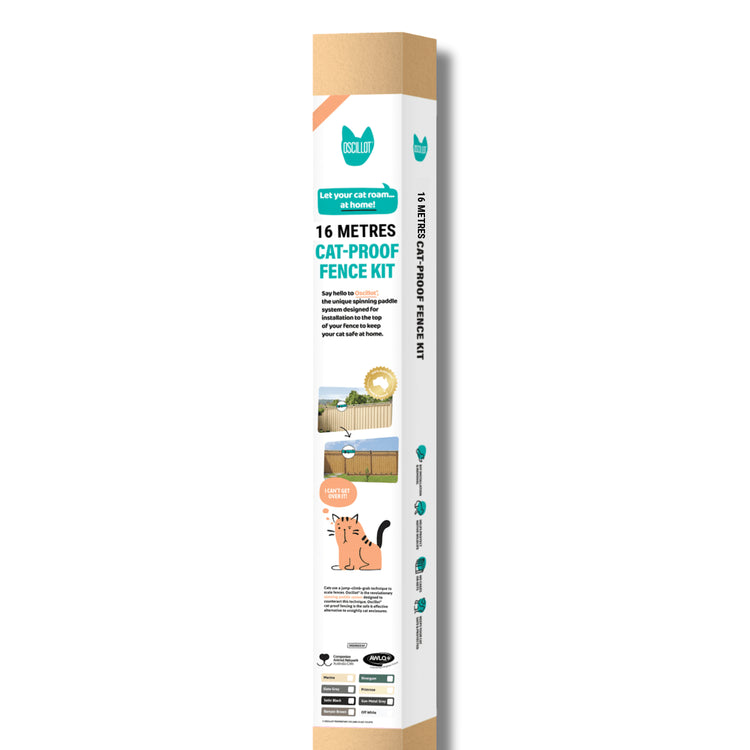
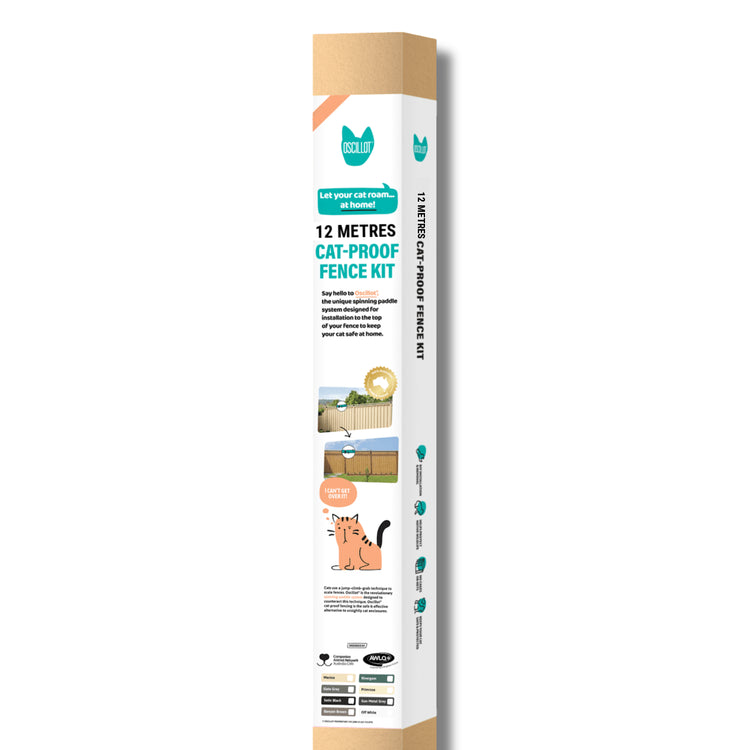
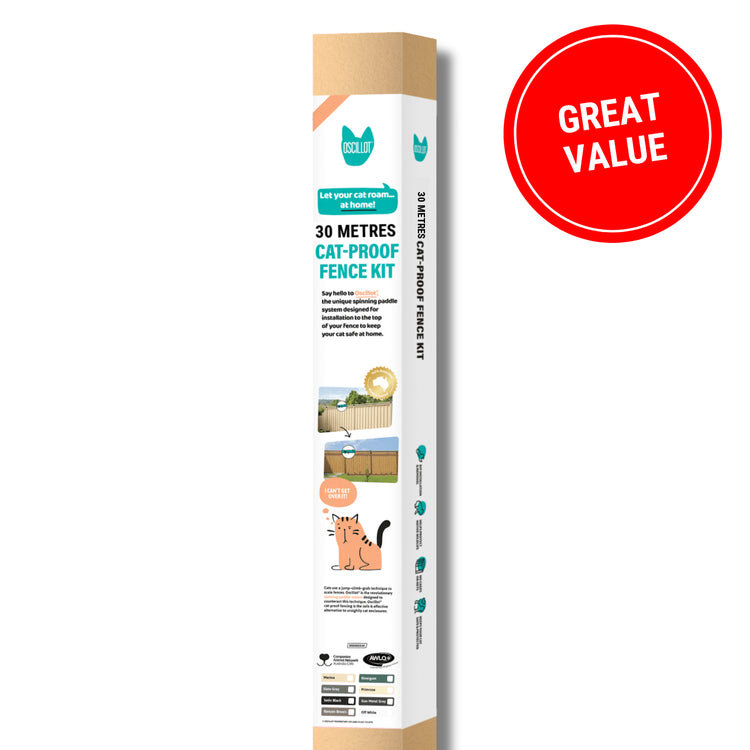
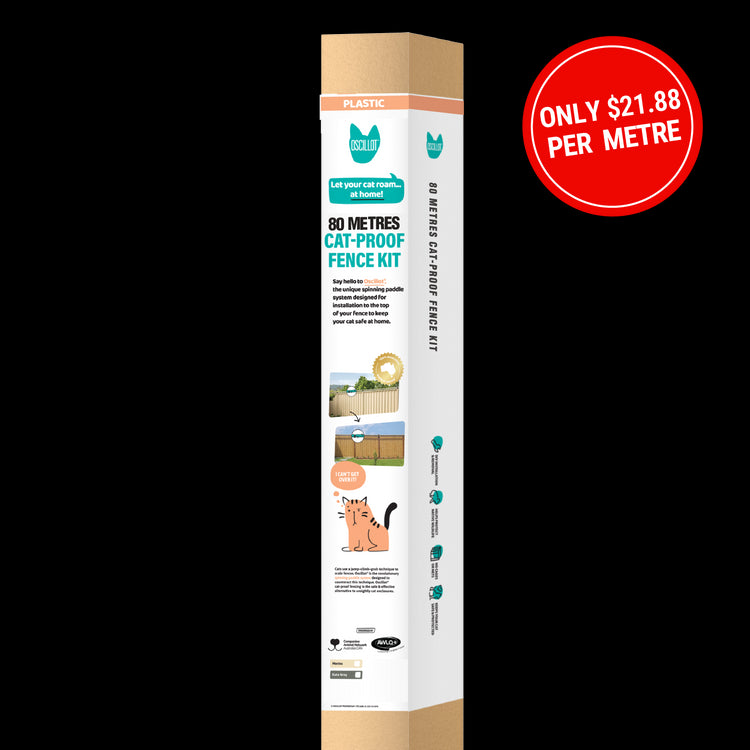
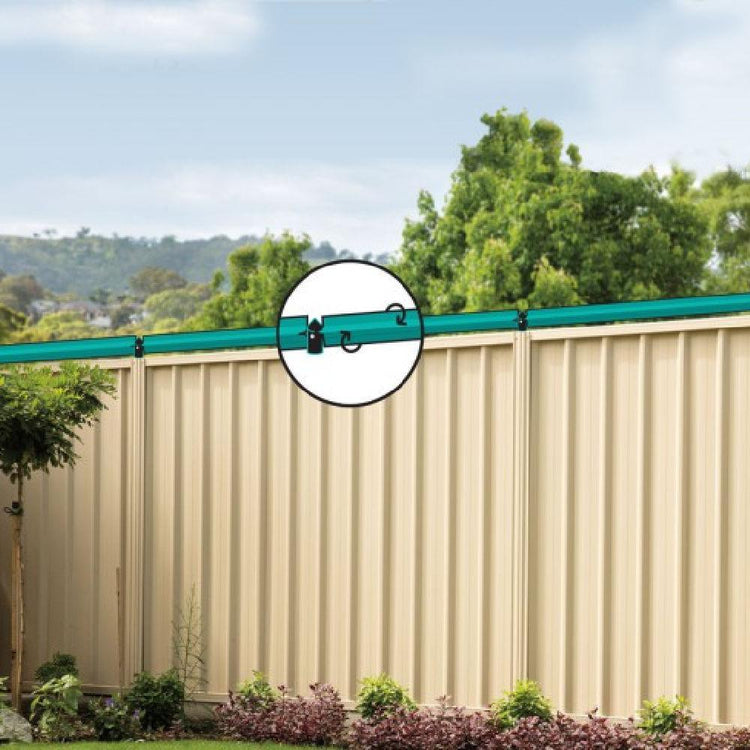

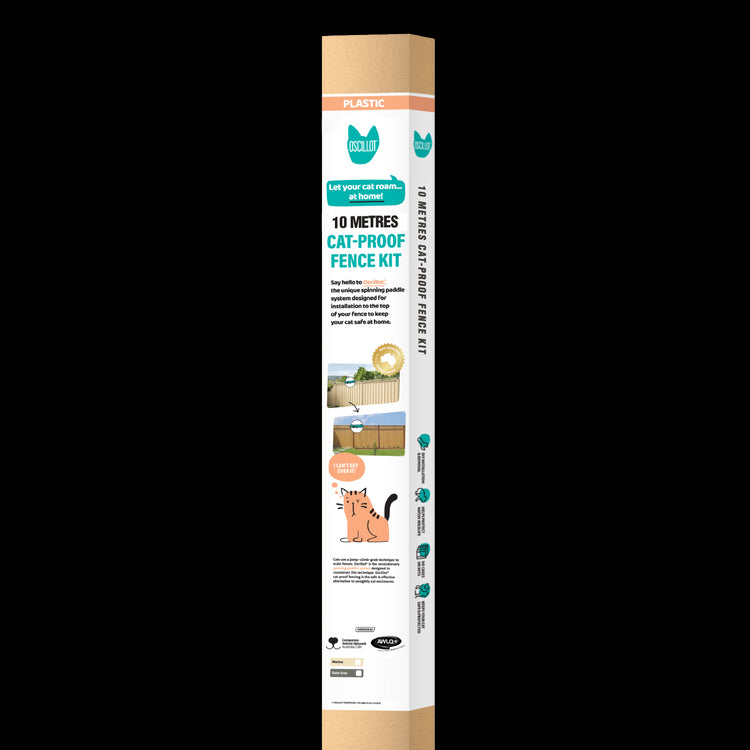

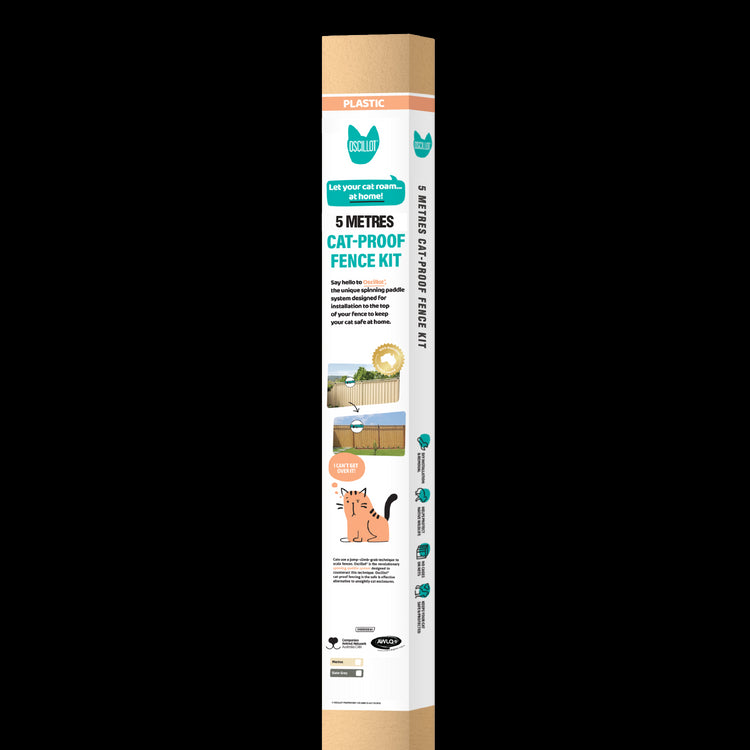

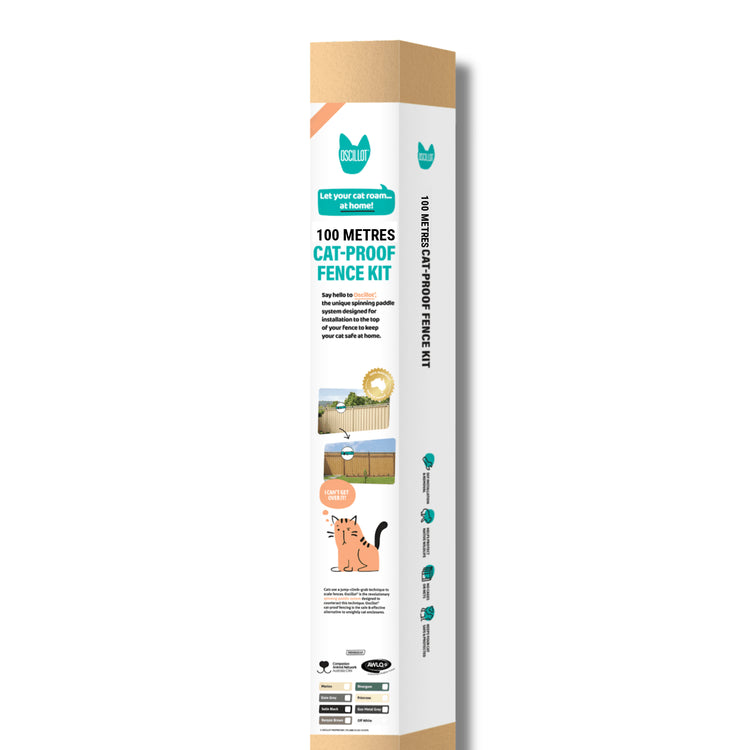

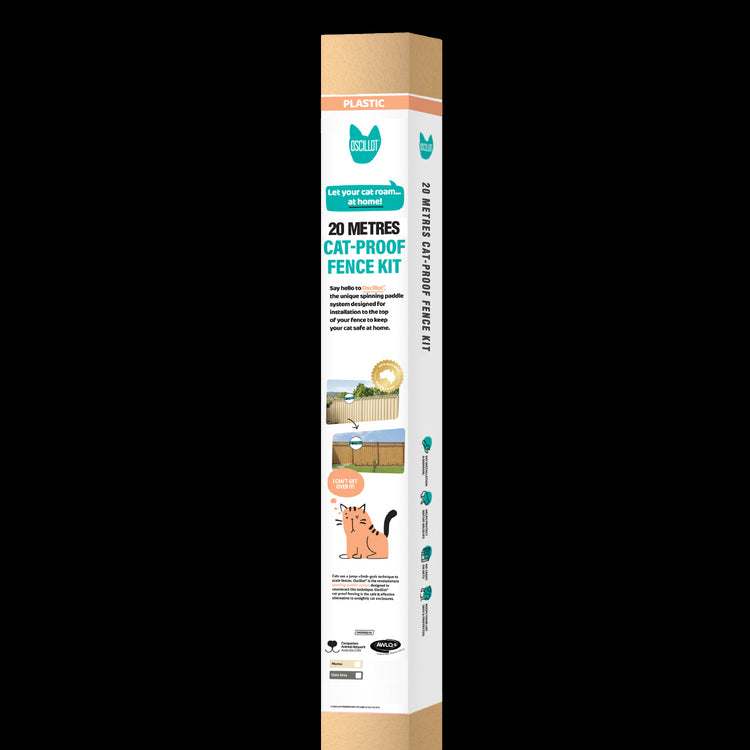

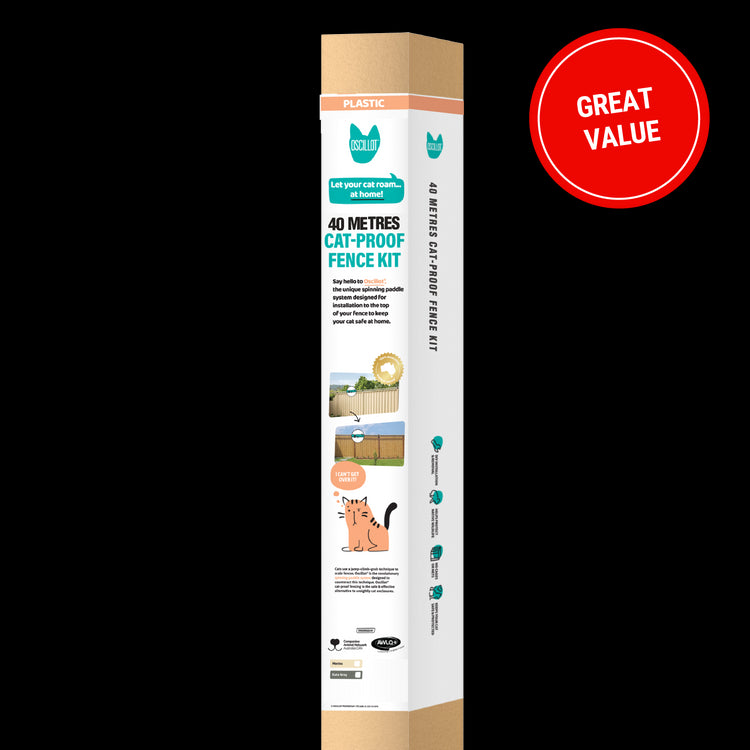


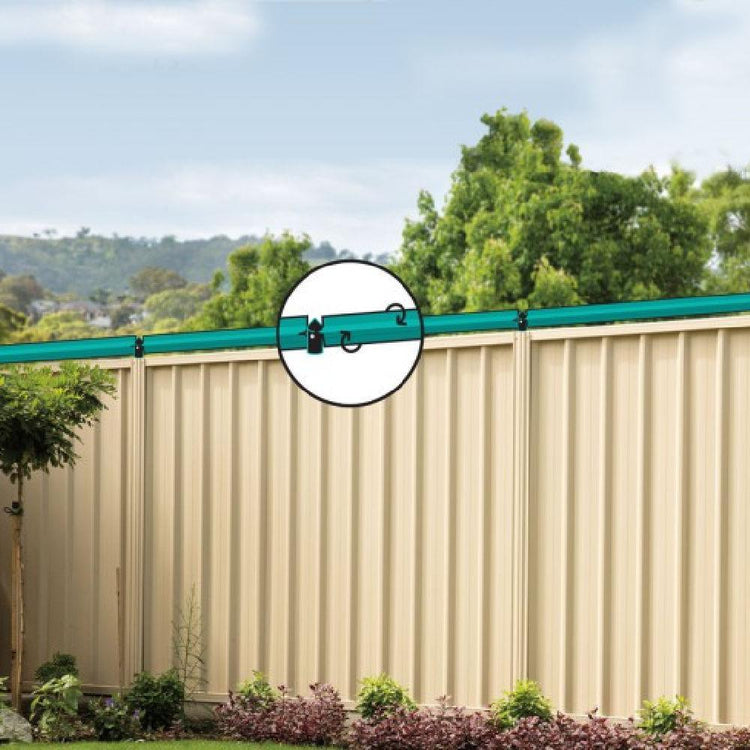
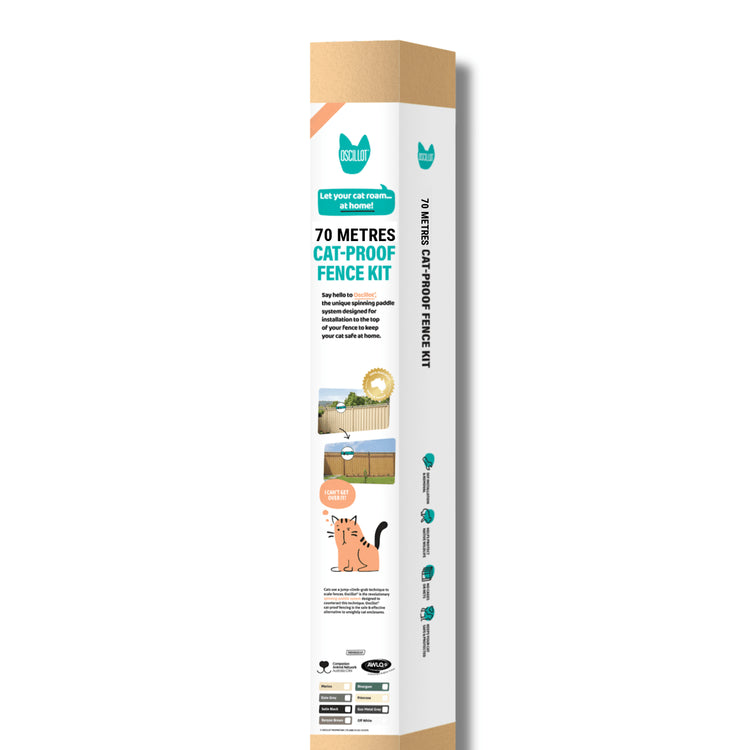

Leave a comment